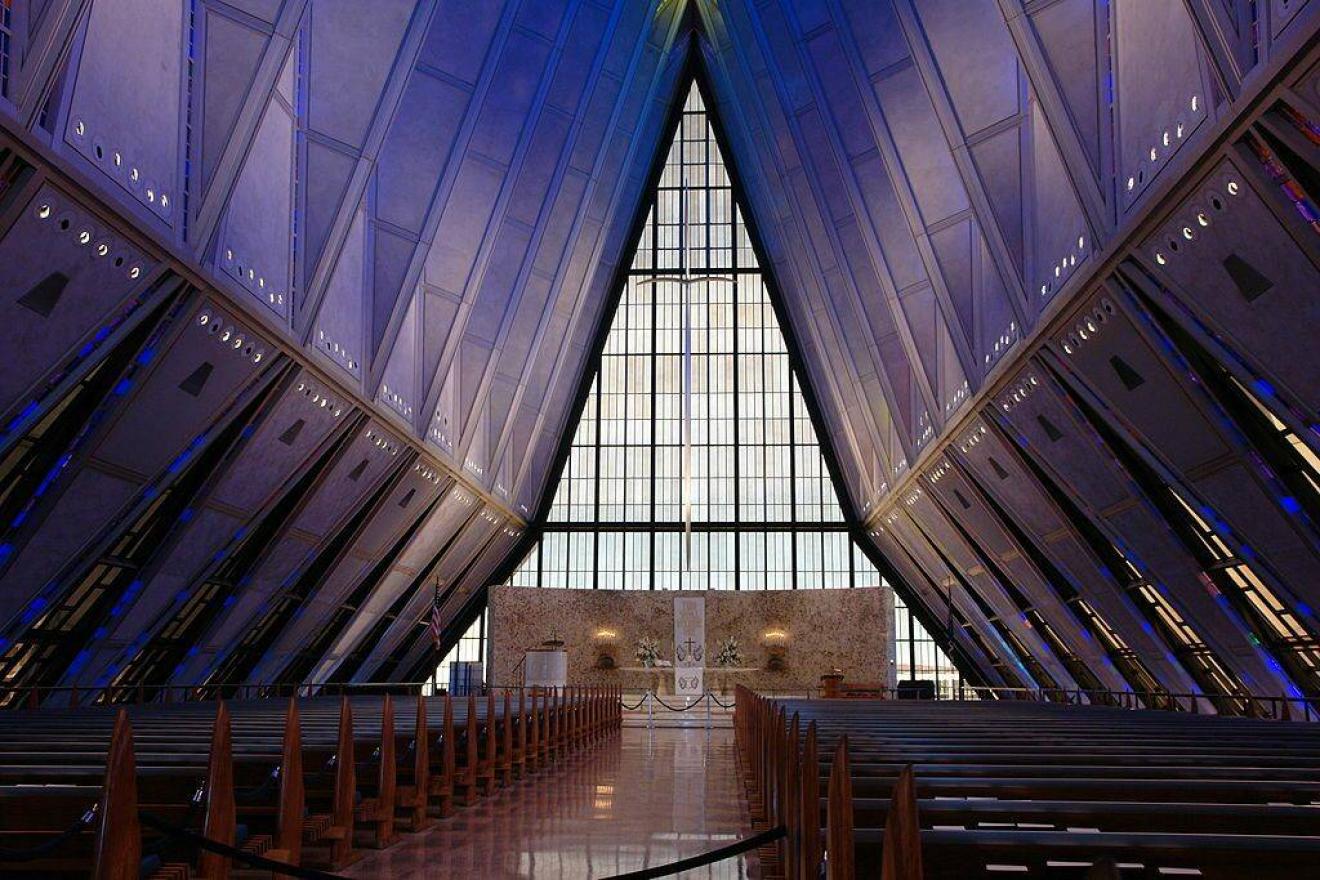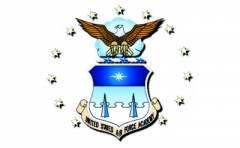

Read more about our ranking methodology.
USAF Academy, CO 80840-5002
* These statistics utilize the most recently released data from IPEDS (Integrated Postsecondary Education Data System)
Sources for school statistics and data include U.S. Department of Education's National Center for Education Statistics and the Integrated Postsecondary Education Data System. Data may vary depending on school and academic year.


Source data obtained from U.S. Department of Education's Office of Post-secondary Education (OPE)

What letter grade would you give your school on how well it prepares students for a career in the real world?
Based on 2 ReviewsWhat letter grade would you give the students/culture at your school?
Based on 1 ReviewsWhat letter grade would you give the facilities at your school.
Based on 2 ReviewsWhat overall letter grade would you give the activities/groups at your school?
Based on 1 ReviewsPilot Chesley “Sully” Sullenberger must have relied on his Air Force training to keep calm under pressure when an aircraft emergency led him to safely land a U.S. Airways commercial flight in the Hudson River near New York City in 2009. Grads also have made their mark in athletics: Alonzo Babers won two gold medals in track at the 1984 Summer Olympics. William Roy captained the 1996 U.S. Olympic Shooting Team. And the leadership of head coach Gregg Popovich “spurred” San Antonio to five NBA championships (and counting).
The 18,500-acre campus rests just outside of Colorado Springs, about 60 miles from Denver. All students (called cadets) live in one of two dormitories. Rooms include basic necessities, including linens and a laptop; cadets bring very few personal items. The orderly atmosphere of campus can be witnessed daily when cadets march in formation to lunch, much to the delight of the thousands of tourists who visit the campus each year. Visitors can also hike one of the campus’s nature trails to see iconic Cadet Chapel. This 150-foot-tall architectural wonder features a succession of 17 glass and aluminum spires each composed of 100 tetrahedrons. Diffused light enters the building through continuous panels of brilliant stained glass.
The Air Force Academy offers a regimented program of academics, athletics, military training, and leadership development. Living on campus is a must. Likewise, applicants must meet age requirements – at least 17 but not past your 23rd birthday by July 1 of the year you enter. Don’t for a minute, though, think the Academy doesn’t prize the role of technology in modern education. The fully-networked campus includes an integrated computer system that provides access to library holdings from faculty offices to dorm rooms alike. And state-of-the-art equipment at the Distance Learning Center enables cadets to sit in on classes at other institutions, interact with guest lecturers, and collaborate with students from other colleges.
The Fighting Falcons compete in Division I athletics, and competitions against the U.S. Naval Academy and the U.S. Military Academy draw large crowds. The school hosts 29 different men’s and women’s intercollegiate teams. Students not on one must participate in intramural sports. Additionally, all cadets take physical education as part of the curriculum. Of the 10 classes required, six core classes cover specific areas beneficial to future military officers, such as water survival and combat.
STEM fields dominate in order to meet the needs of the U.S. Air Force. Research centers on air, space, and cyberspace. Students and faculty work on projects ranging from material degradation of older aircraft to how to automatically detect code reuse by malware, to name a few projects. Areas of exceptional strength include aerospace, electrical, and mechanical engineering. Regardless of major, leadership training and character development go hand-in-hand with academic courses to prepare students for active duty after graduation. The U.S. Air Force fully funds tuition, room, and board in exchange for this military service. The school takes particular pride in its faculty, which has received national recognition for their accessibility to students.
